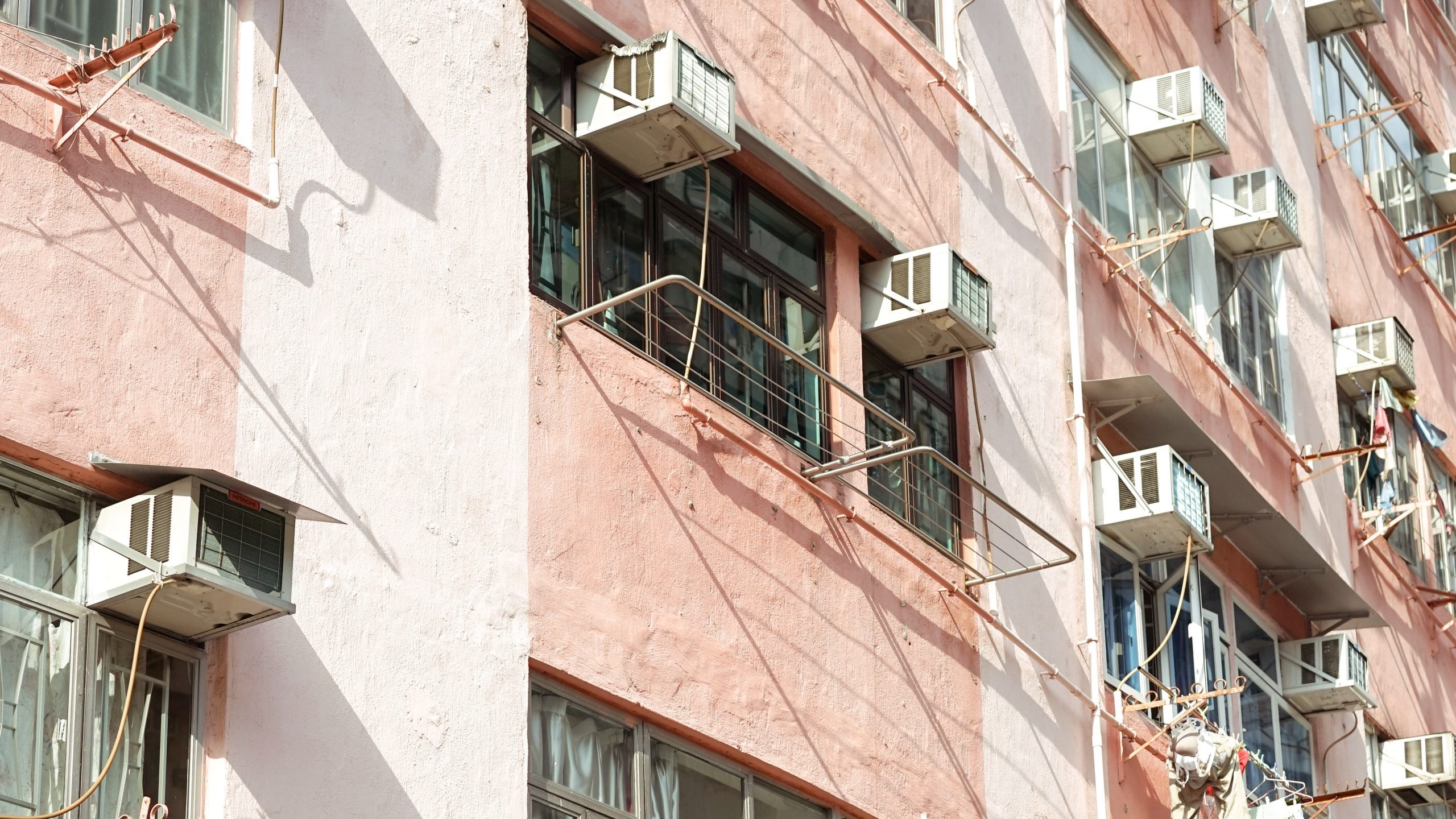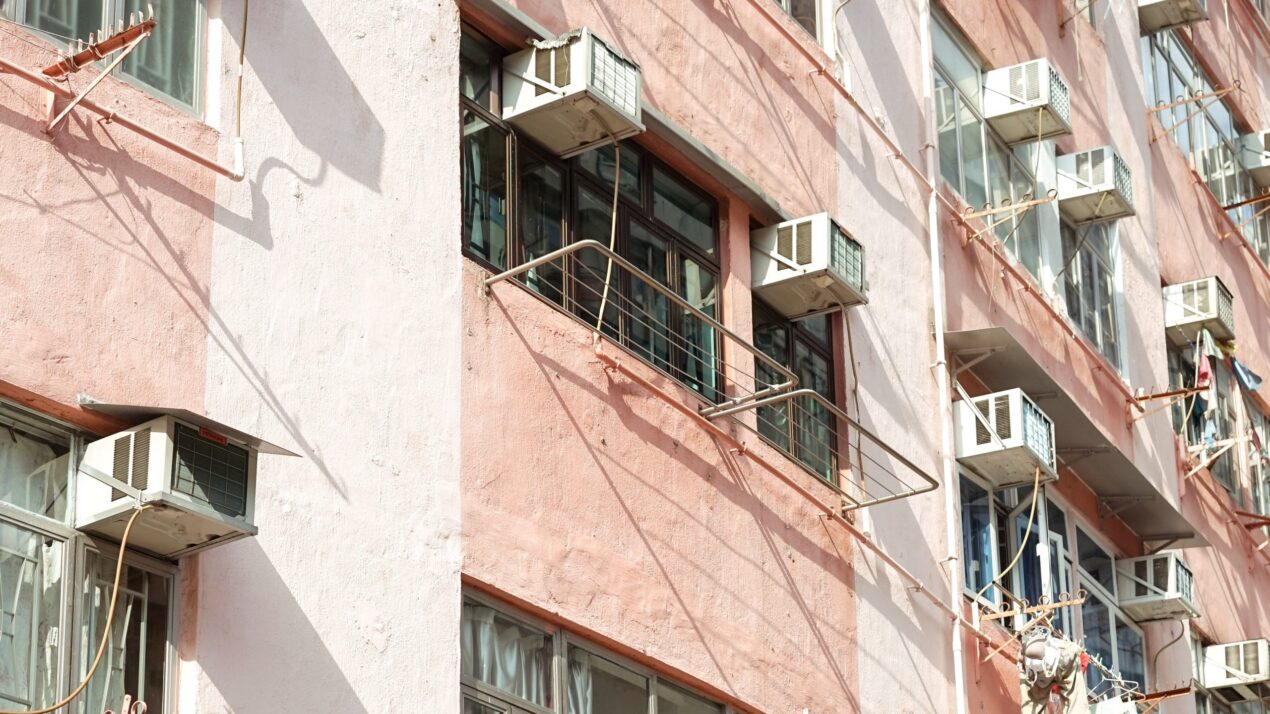
Policy Solution
Residential air conditioning
Funding and Financing

Case Studies
Summary
Air conditioning within households helps residents stay cool, which is especially critical for reducing the risks of extreme heat among vulnerable populations.
Implementation
Provide grants or rebates toward installation or utility costs for air conditioning units in homes.
Considerations for Use
As more households use air conditioning during heat waves, regions will face increased greenhouse gas emissions and risk of power outages. Funds can also be made available for repair and maintenance to ensure households are using air conditioners free of mold and mildew.
Overview
Climate:
Cold, Hot/Dry, Hot/Humid, TemperatePolicy Levers:
Funding and FinancingThe allocation of public or philanthropic funding or private financing to implement projects, including risk transfer mechanisms.Trigger Points:
City planning processesIncludes city initiatives such as the development of climate action plan, pathway to zero-energy, master plan, transit plan, energy mapping etc.Intervention Types:
Buildings and Built FormSectors:
Buildings, Informal Settlements, Public Works
Case Studies
Impact
Target Beneficiaries:
Heat-vulnerable communities, Renters, ResidentsPhase of Impact:
Emergency response and managementMetrics:
Change in share of population with AC
Implementation
Intervention Scale:
City, NeighborhoodAuthority and Governance:
City government, State/provincial governmentImplementation Timeline:
Short-term (1-2 Years)Implementation Stakeholders:
CBOs, City government, Property owners and managersFunding Sources:
Grants and philanthropy, Private investment, Public investmentCapacity to Act:
High, MediumBenefits
Cost-Benefit:
LowPublic Good:
MediumGHG Reduction:
N/ACo-benefits (Climate/Environmental):
N/ACo-benefits (Social/Economic):
N/A
